News coverage #1 • News coverage #2 • News coverage #3 •view trailer of the 7 hour collection
Our MOMSR collection is available in a 7 hour video production divided by manufacturer and downloadable for $9.95 at this link
view trailer of the 7 hour collection
Year |
Model |
Ad |
Unit in Museum collection |
Specifications |
1949 |
Ampex 300 |
|
|
|
| |
A reminder that the prices listed are what the item originally sold for in the year it was released.
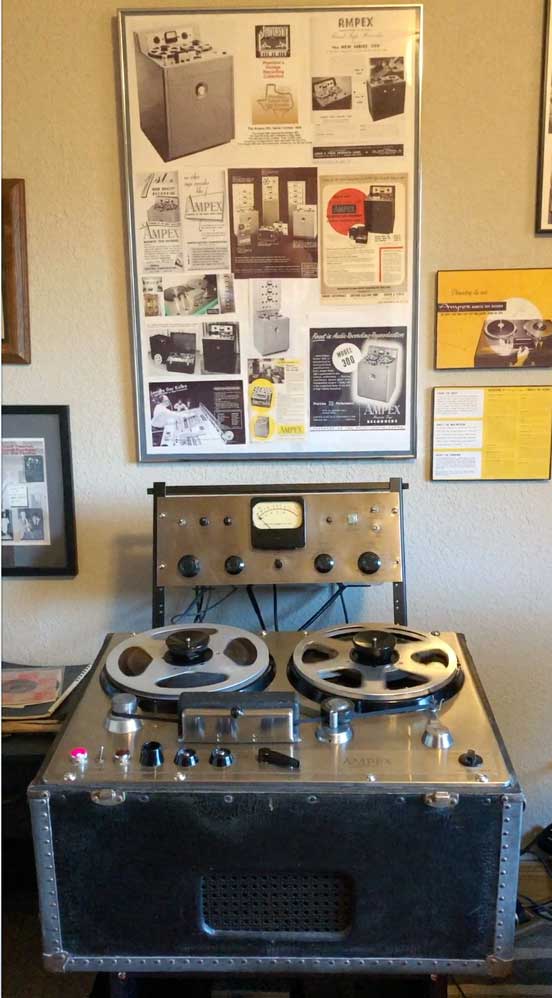


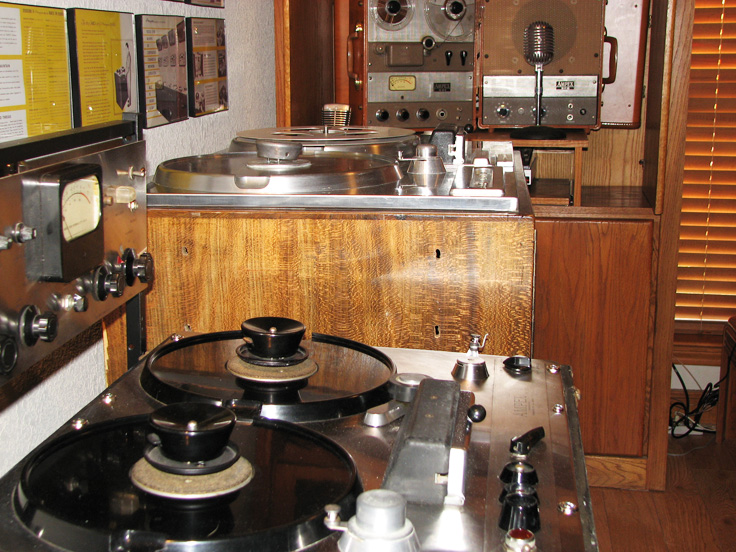
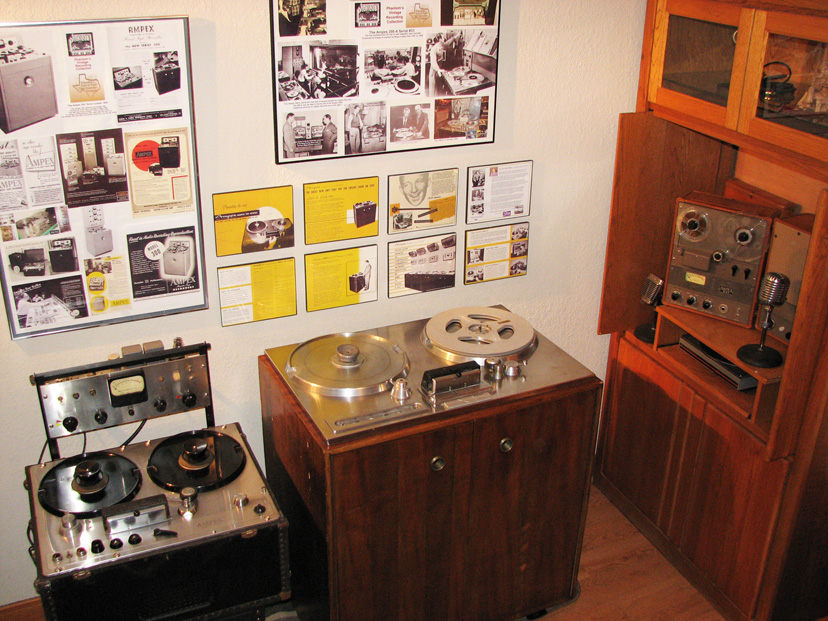
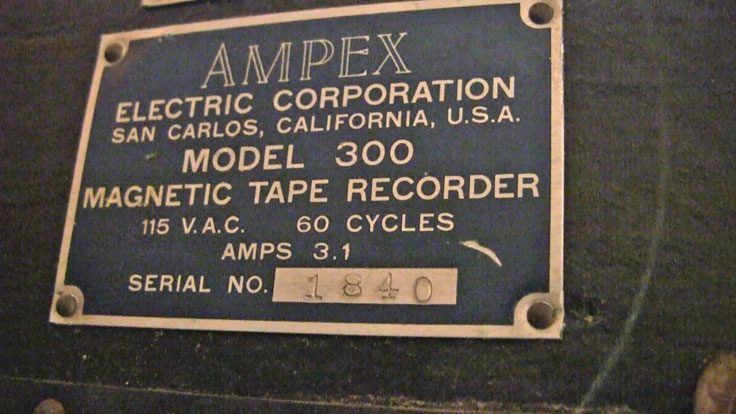
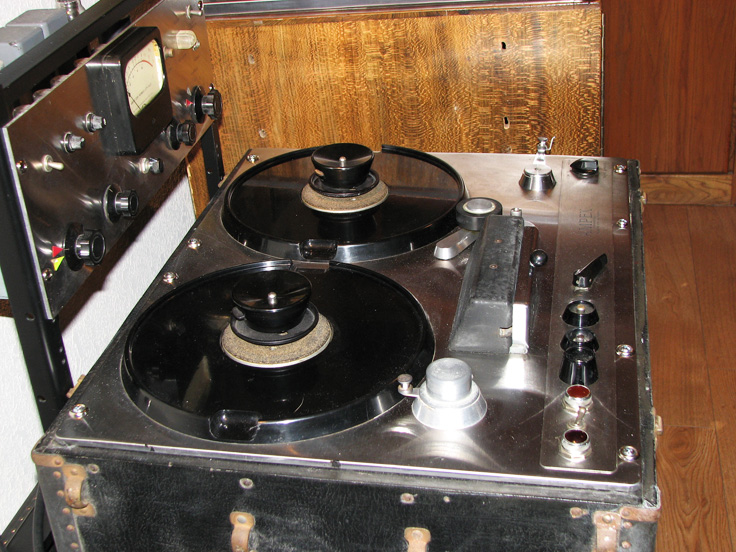

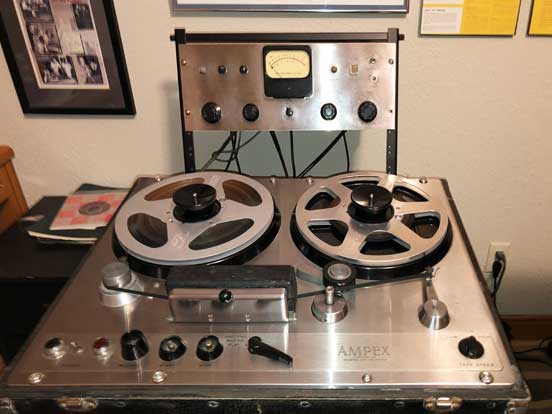
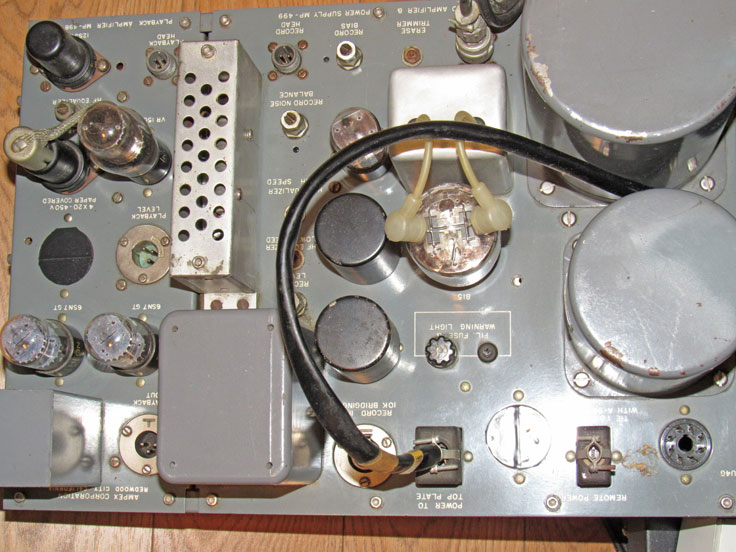 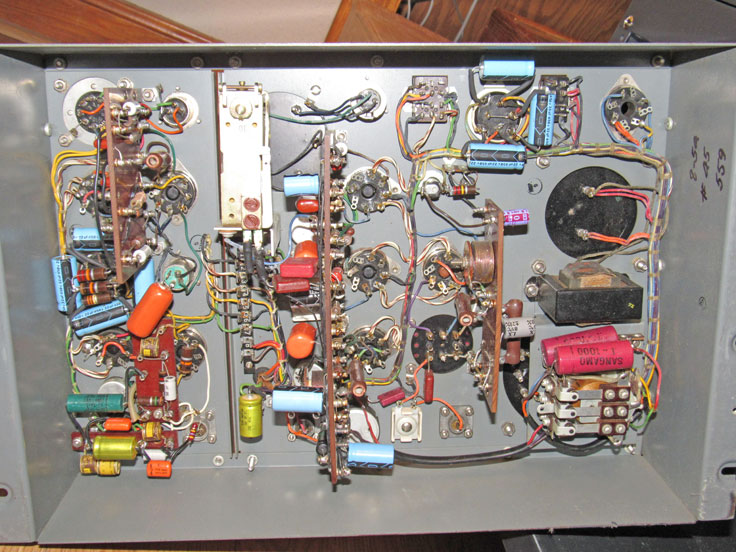
An original restored amplifier for the Ampex 300 professional reel to reel tape recorder in the Reel2ReelTexas.com vintage reel tape recorder recording collection
|
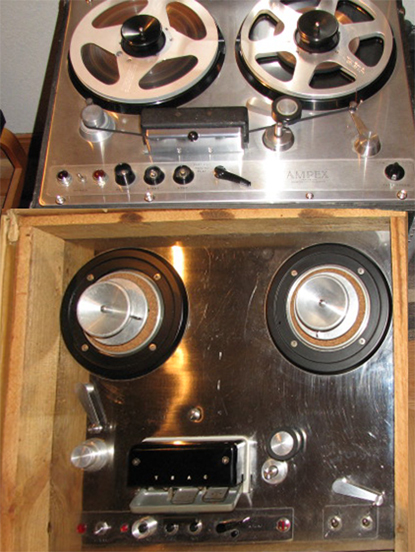
Teac's first recorder was the Teac TD-102. Our collection has an original Teac TD-102 in its original wood box. There is a strong resemblance to the Ampex 300, just smaller
|
Ampex 300 in collection has 402/403 electronics
Hello,
I looked at your very nice collection of older Ampex recorders. It's interesting, in your presentation of the Ampex model 300, both in your display and in your Ampex timeline, you do not mention that the 300 in your collection is attached to a 402/403 electronics. This is of course, not an original concept. I wonder who did that.. The original 300 had the "bathtub" electronics that was a 6SN7 push pull design as output stage as opposed to the 6C5/6J5 single ended of the 403 you show.
Personally, I believe that the 403 electronics is the best sounding tube electronics that Ampex produced ( but not having heard the 200A electronics, or its later modification) and because of that I'm actually running at home a stereo 350 transport feeding two 403 amplifier units. The best of all worlds I believe, of a great transport with the best sounding electronics INHO. Never really liked the 350 electronics sound and a bit better the triode 351 .
Anyway, Just for the sake of the "science of history" you might want to mention that your display of the 300 model is a mutation (like my 350 ).
great work Thanks, Uriel Tsachor June 28, 2014
There were 42,000 Ampex 300s built
Our Reel2ReelTexas.com's Ampex 300 is serial number 1840 and belonged to Leo de Gar Kulka of Golden State recorders, Inc. in the San Francisco Bay area.
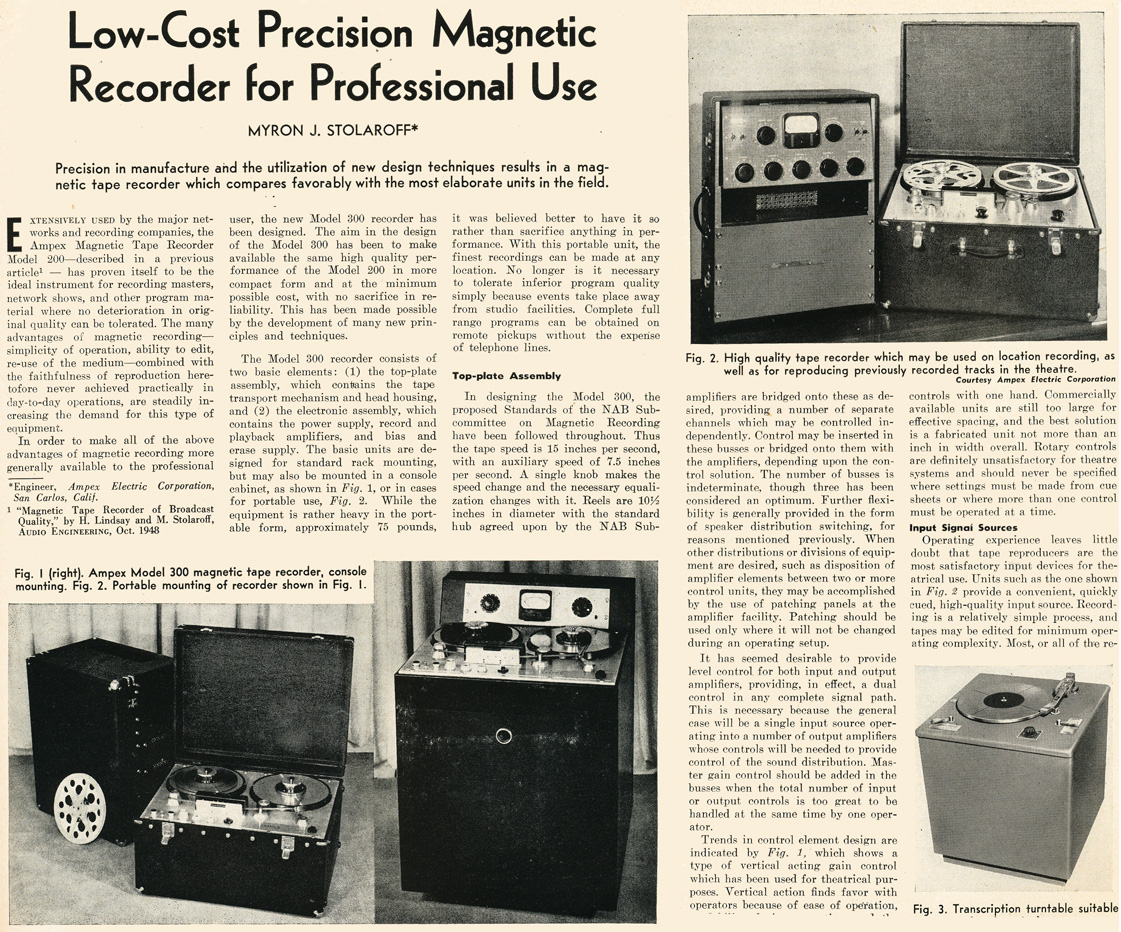
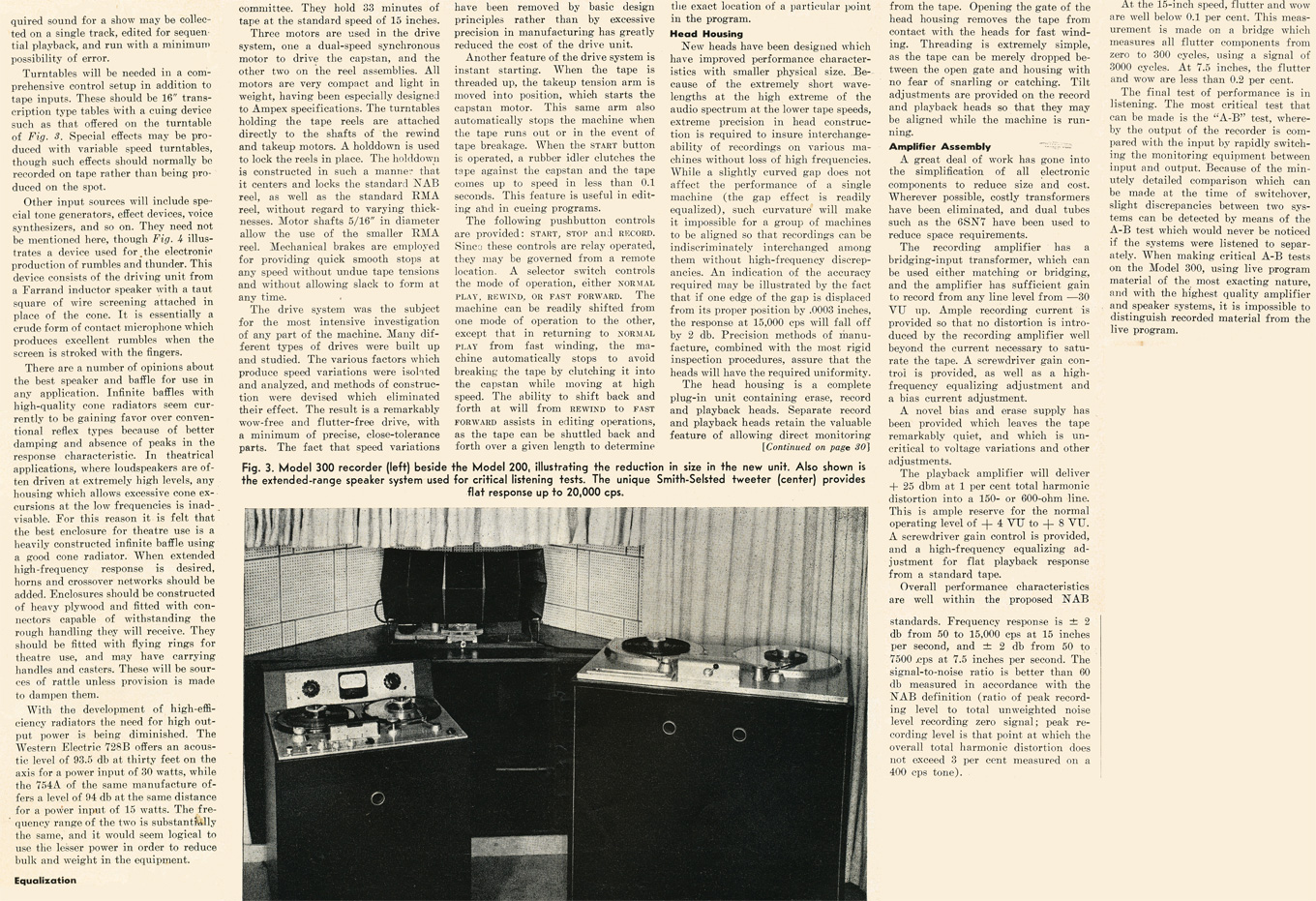
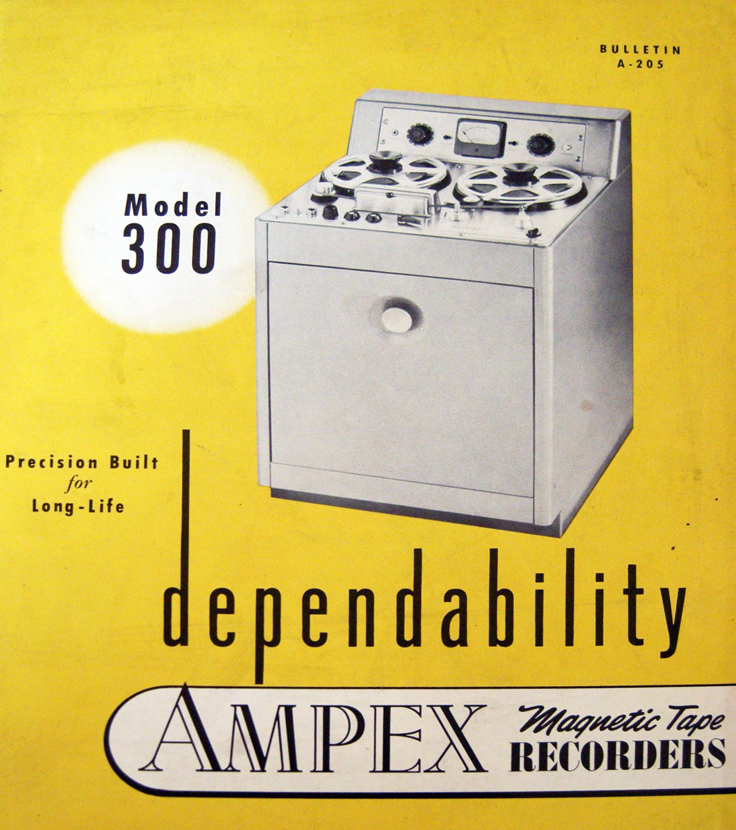
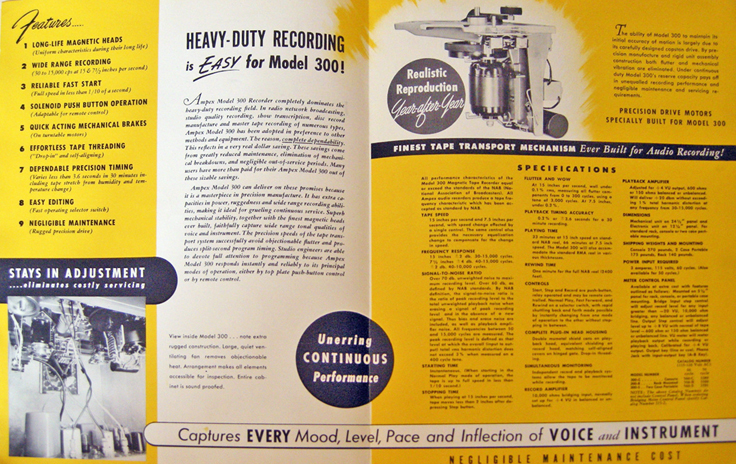
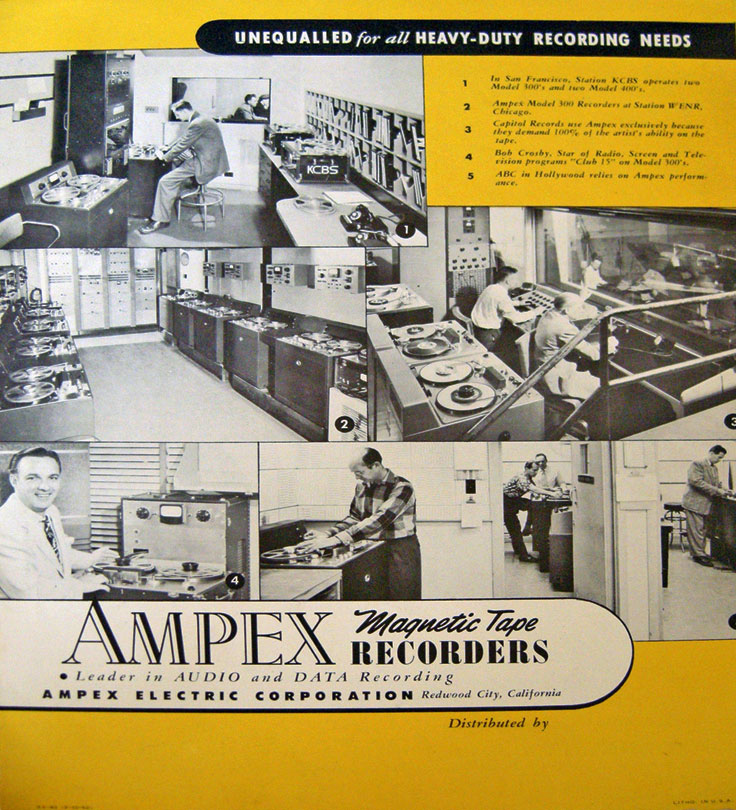
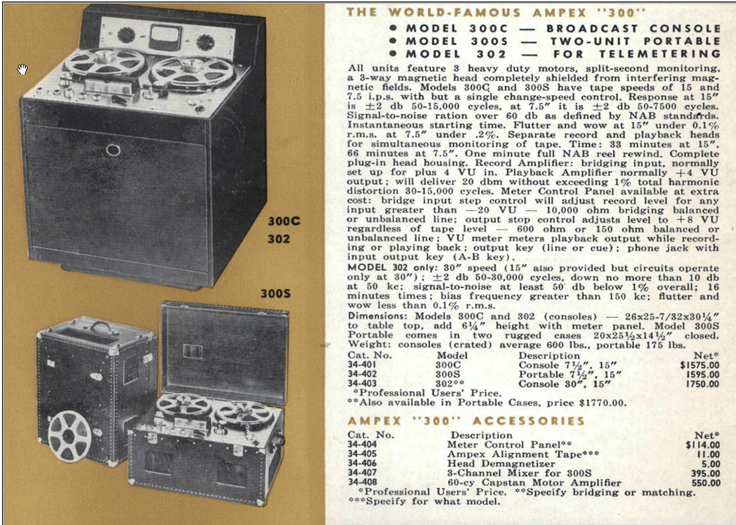
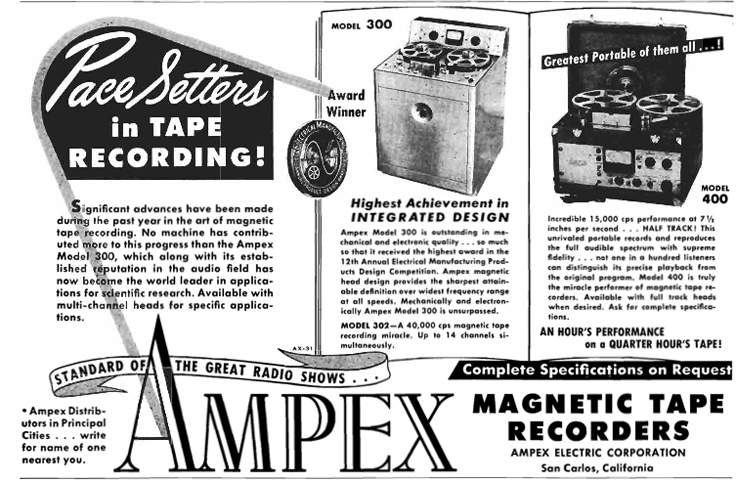
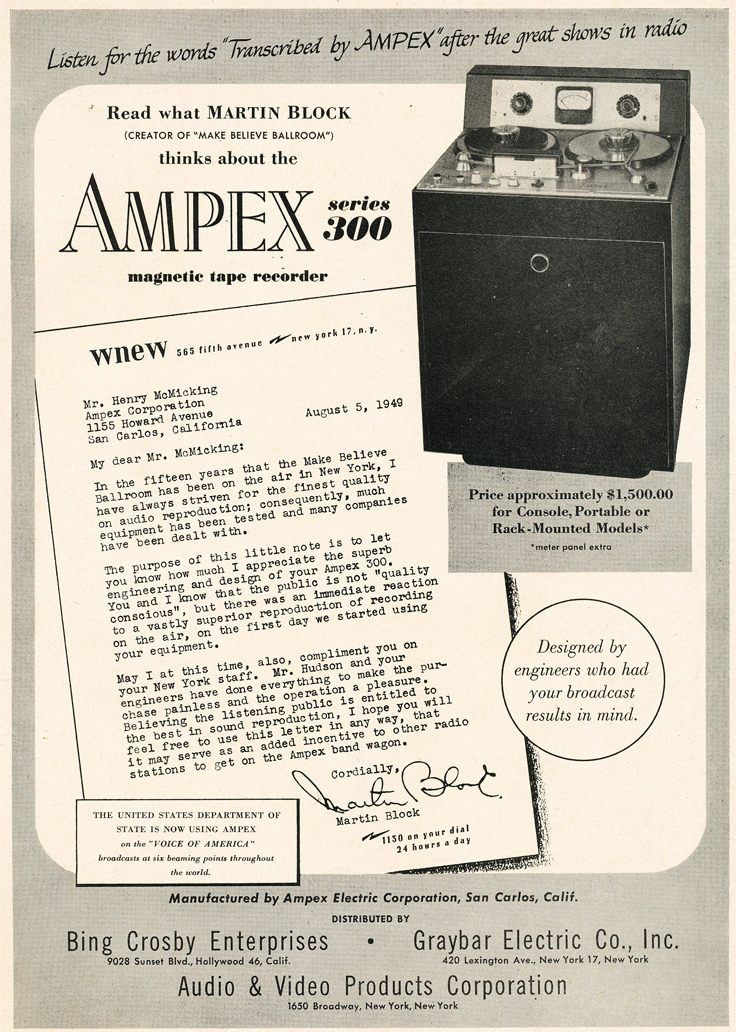

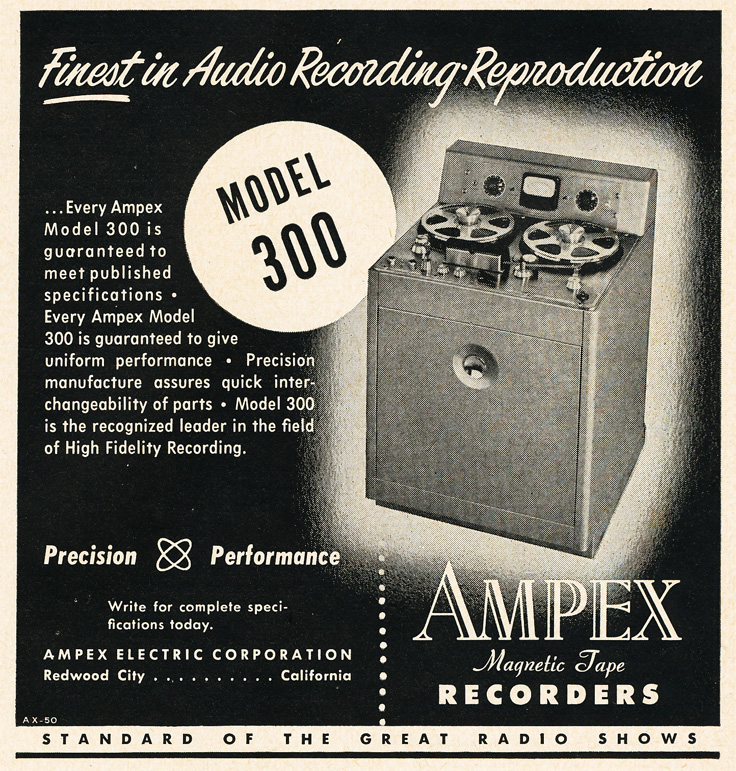

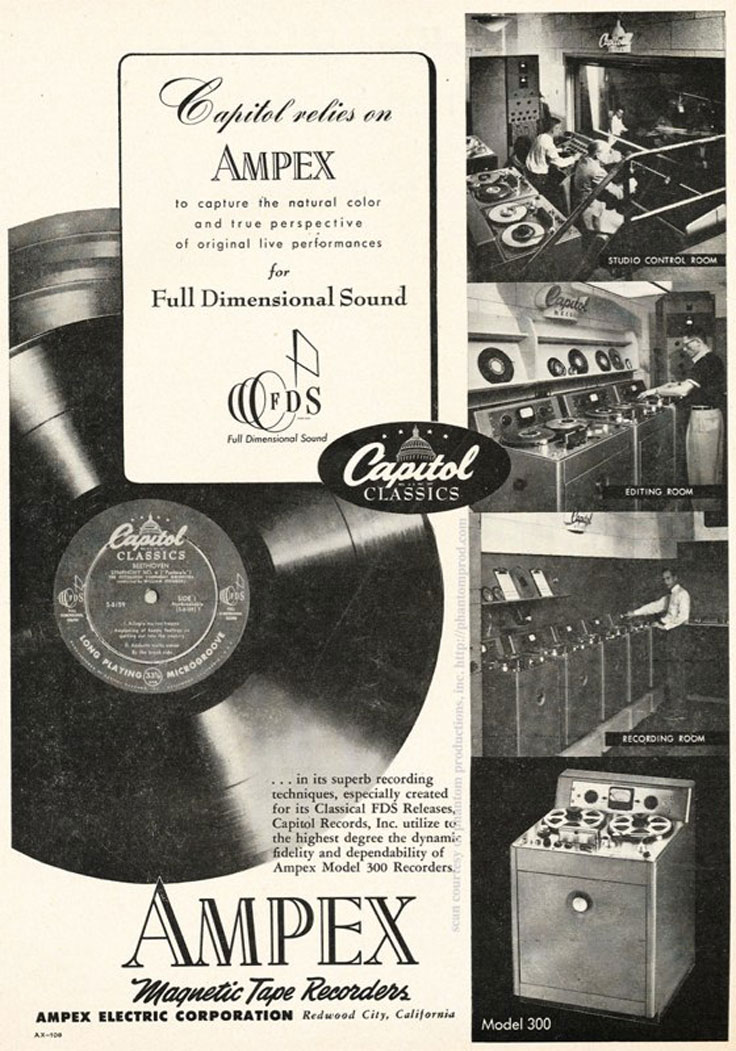

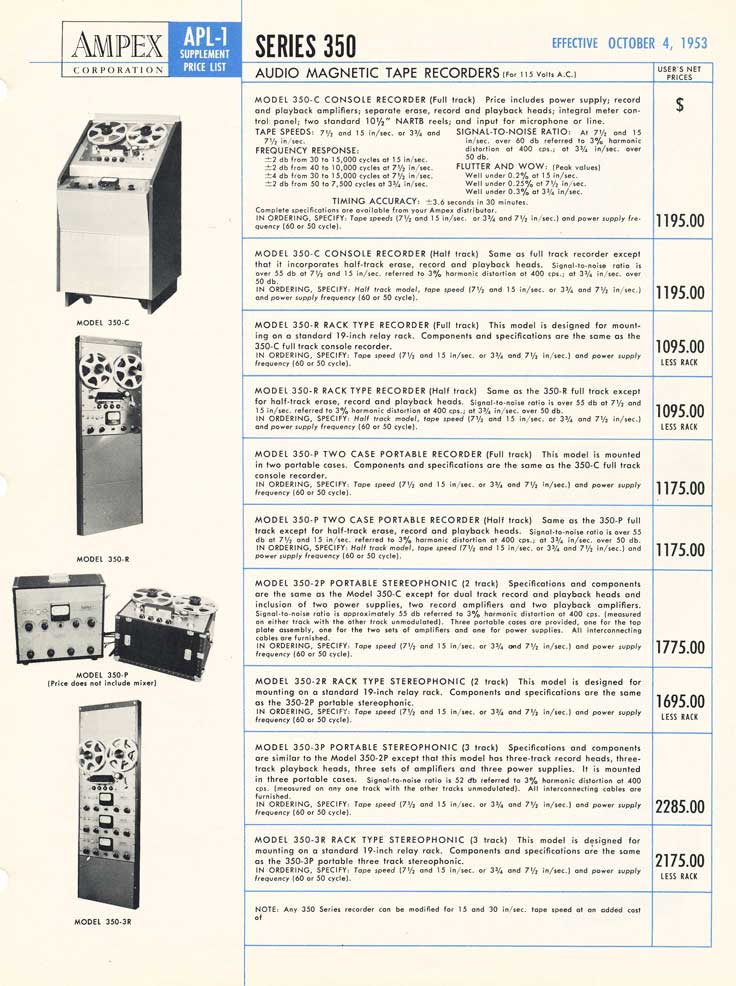

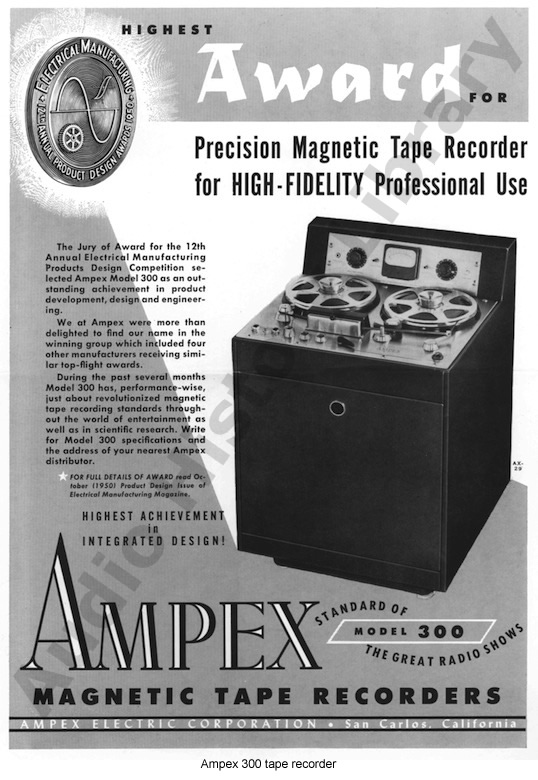

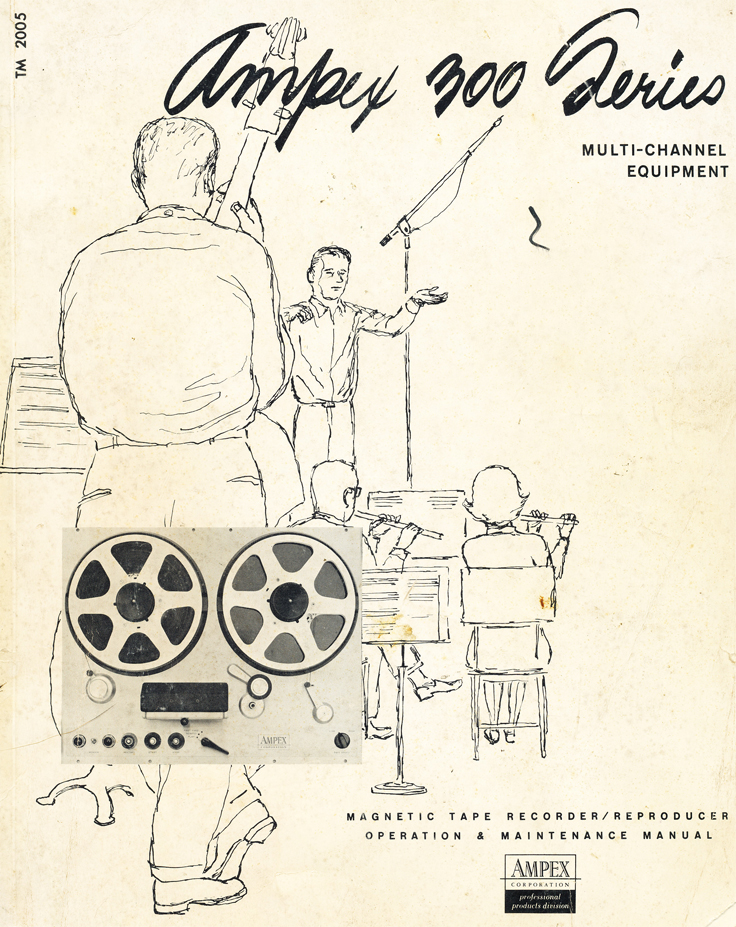

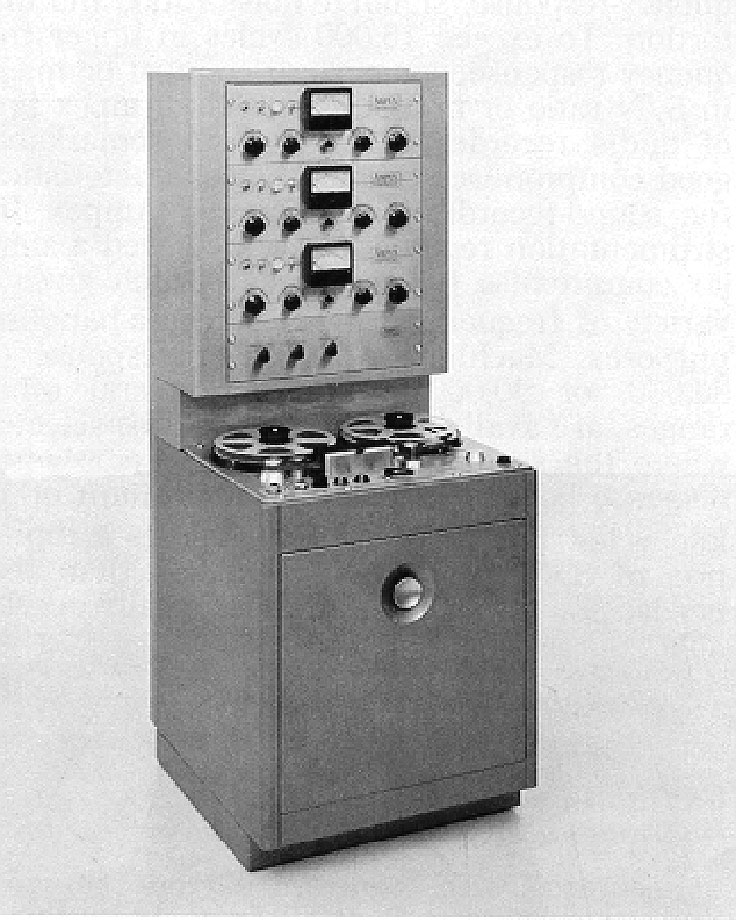
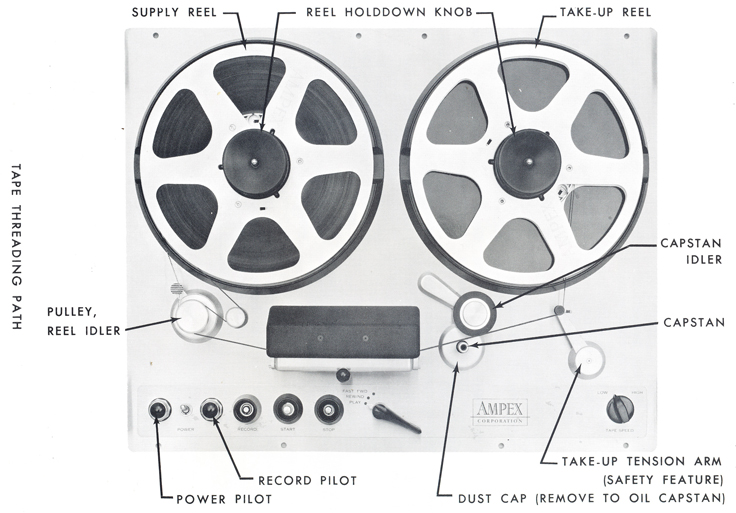

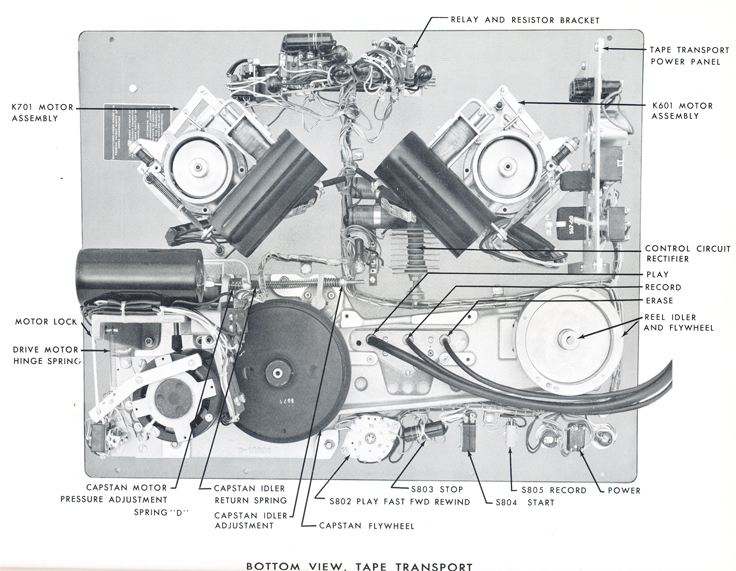

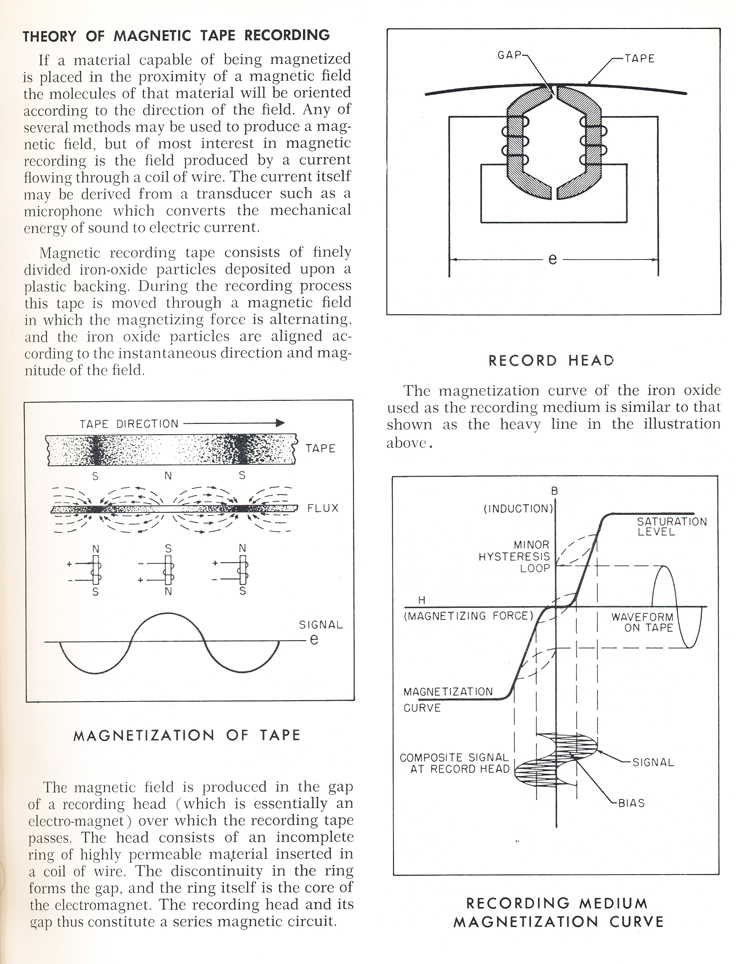
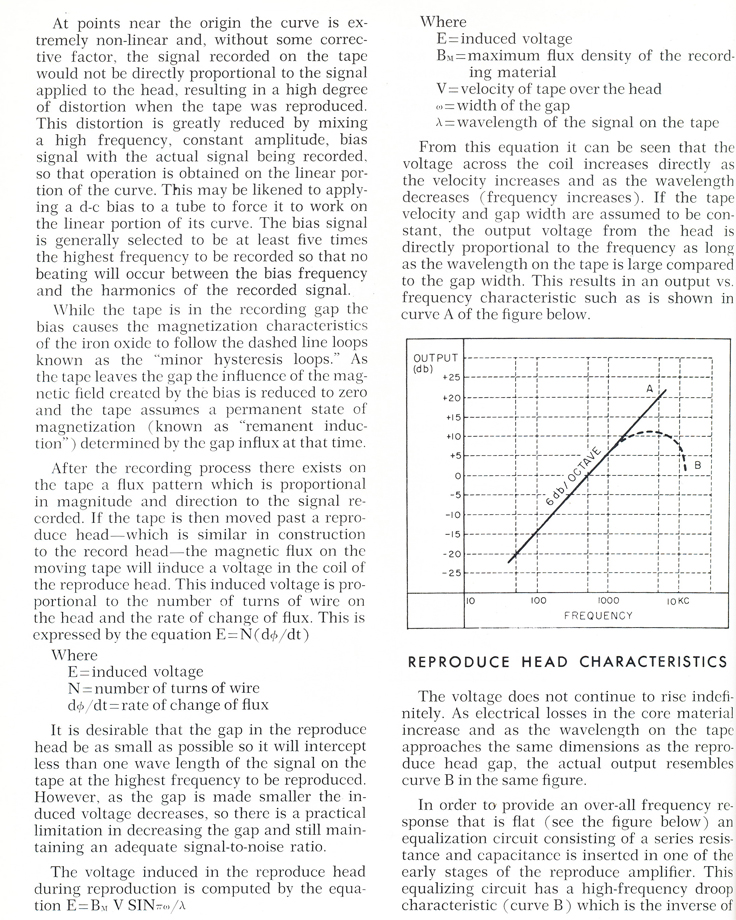


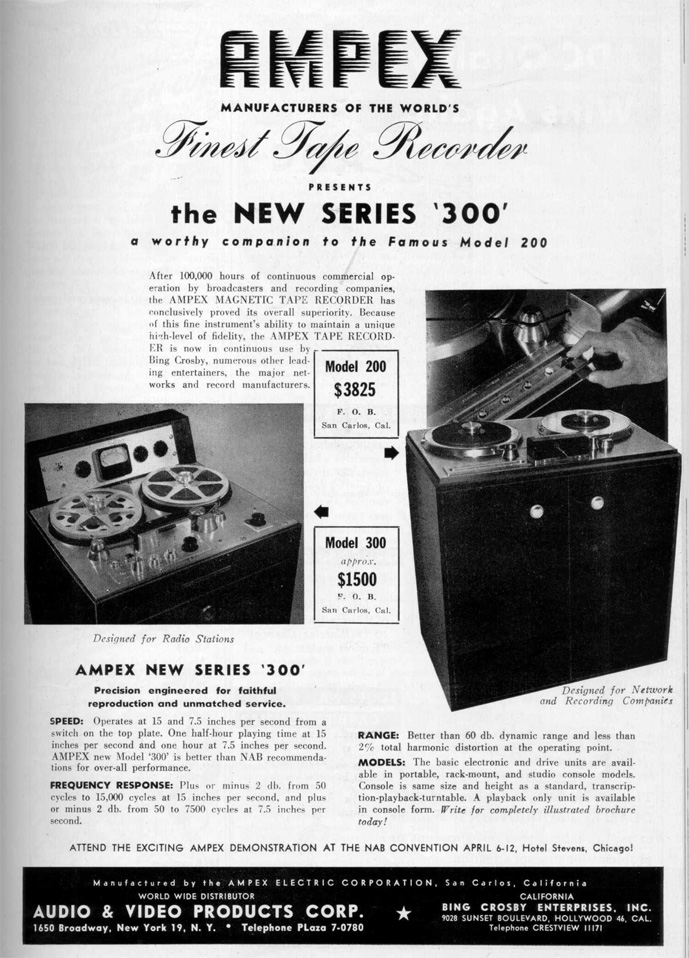




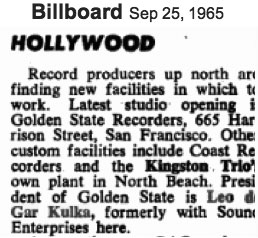
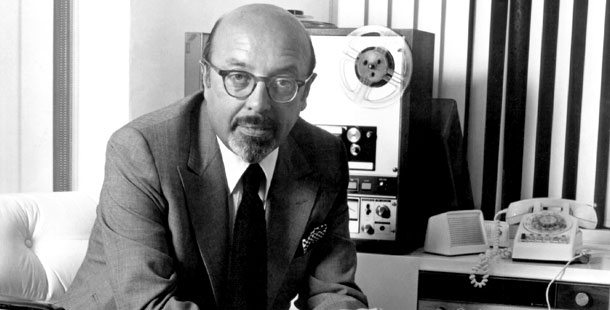 When the Ampex 300 reel tape recorder was acquired by Atlantic Records in 1949, Ahmet Erdogan told the engineer Tommy Dowd that he wanted to keep the disc cutter active for backups - a request he quickly abandoned after hearing the results of the new medium. "Studio Stories - How the Great New York Records Were Made"
When the Ampex 300 reel tape recorder was acquired by Atlantic Records in 1949, Ahmet Erdogan told the engineer Tommy Dowd that he wanted to keep the disc cutter active for backups - a request he quickly abandoned after hearing the results of the new medium. "Studio Stories - How the Great New York Records Were Made"
In 1948 Ampex was asked to create a 7 track instrumentation recorder. It was based on the Ampex 301 and released in 1949. It was the first of many instrumentation reorders to be built. Some stats show that 50% of professional recorders produced were for data recording for science, medicine and government.
The Ampex 400 followed the 300, was sold for $1,000. The unit had only 2 motors was was said to have been a disaster. The 400 was discontinued in 1950. The Ampex 350 and subsequently the 351 were produced. The Ampex 600 was said to be comparable to the Ampex 350 in a portable configuration. 80,000 of the original Ampex 600 were manufactured. In the 1950's Ampex produced the 1/2' instrumentation reel tape recorder. The A500 was a 4 track, 1/2", 30 ips recorder sold by Ampex in 1953.
These are some pictures from the California trip that show some additional recorders that were previously owned by Leo De Gar Kulka. Also click here for a brief movie of some of the recorders. View video
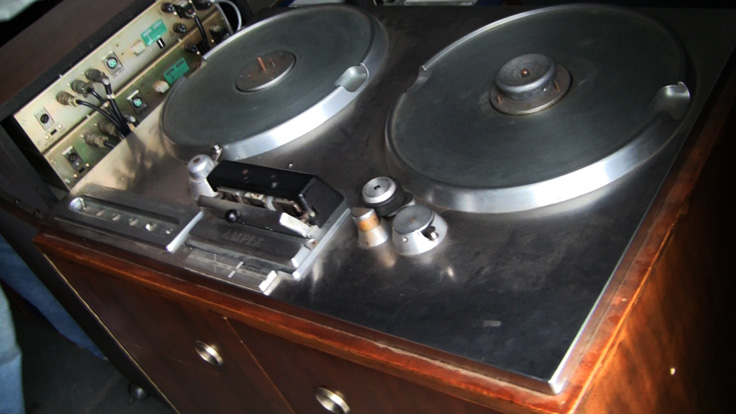

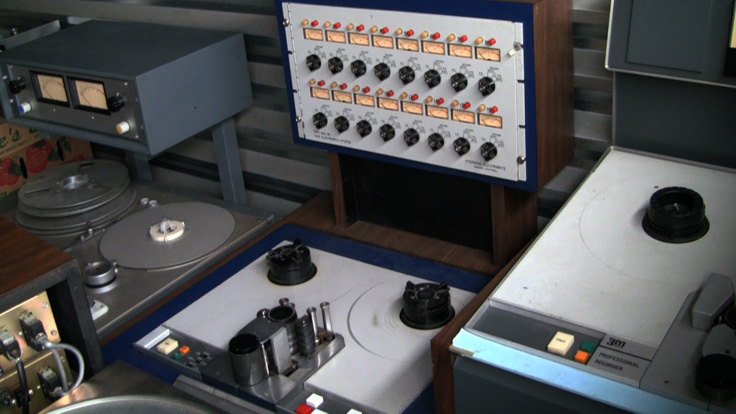
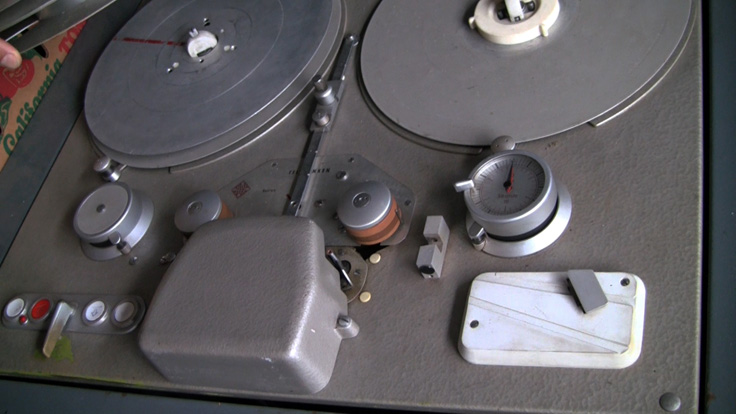
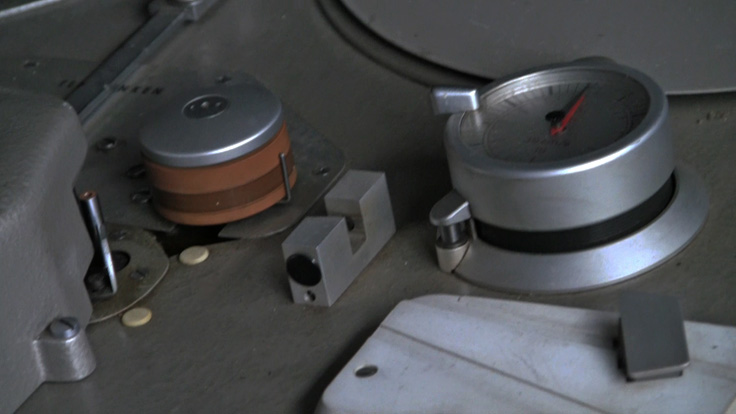
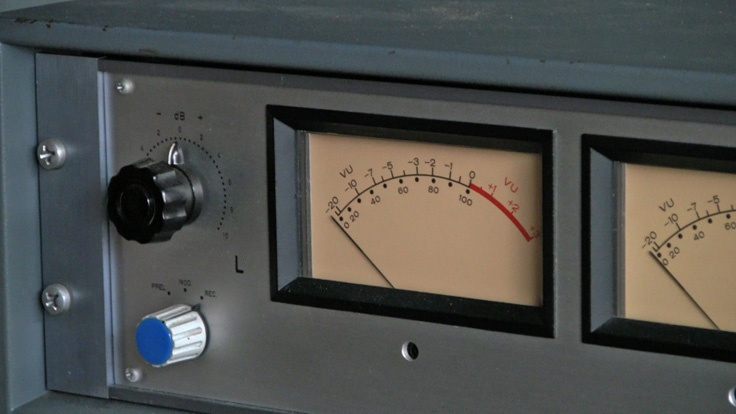


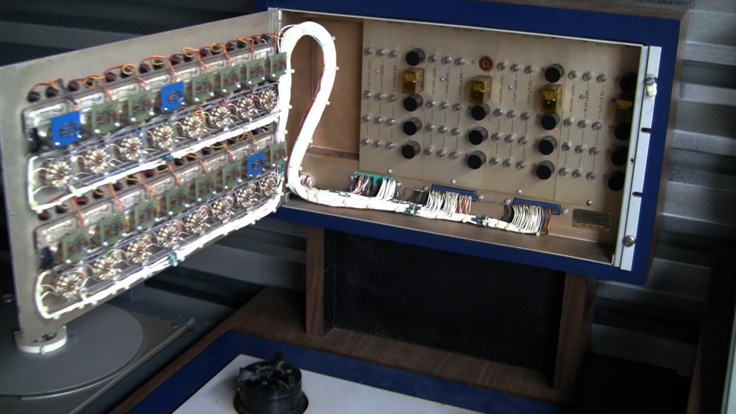

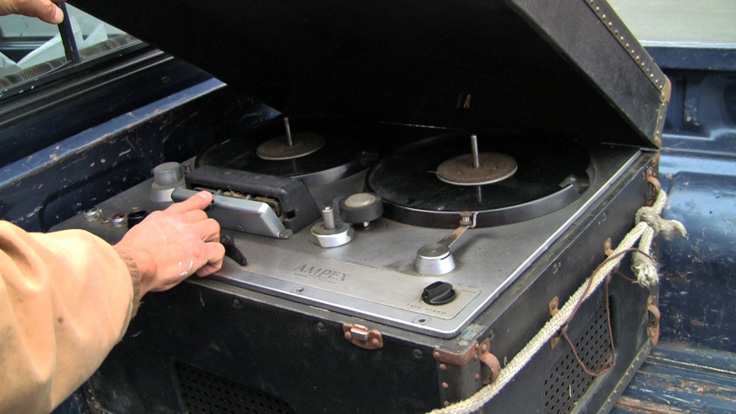
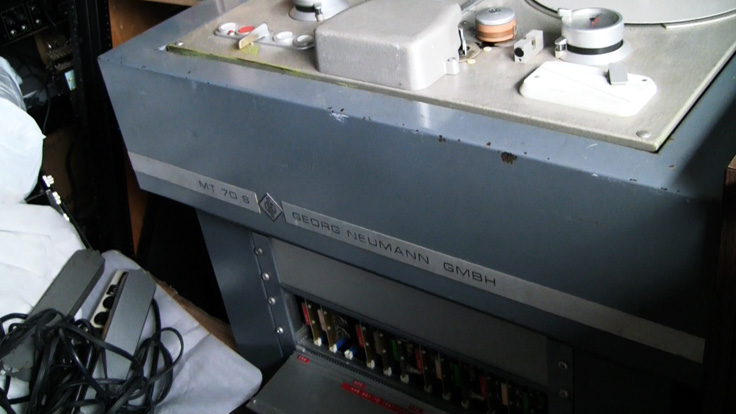
Excellent AES Ampex article by John Leslie and Ross Snyder
Go to the company's history • pdf of the Ampex 300 transport electronics • pdf of the Ampex 201 electronics
Back to the Ampex main page
We appreciate all photos sent to our museum. We hope to successfully preserve the sound recording history. If we have not credited a photo, we do not know its origin if it was not taken by the contributor. Please let us know if a photo on our site belongs to you and is not credited. We will be happy to give you credit, or remove it if you so choose.
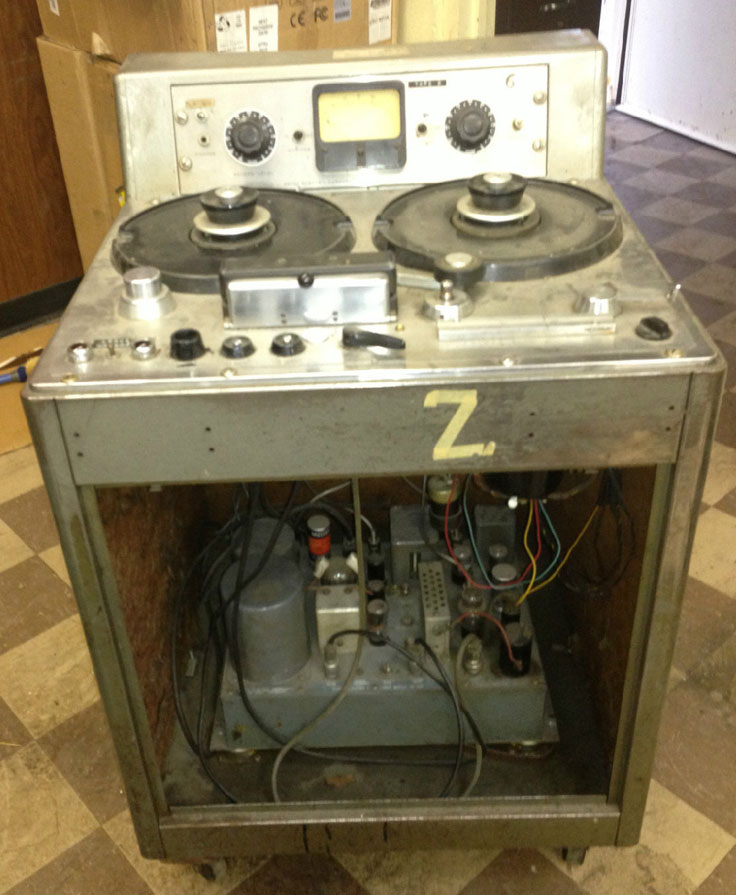
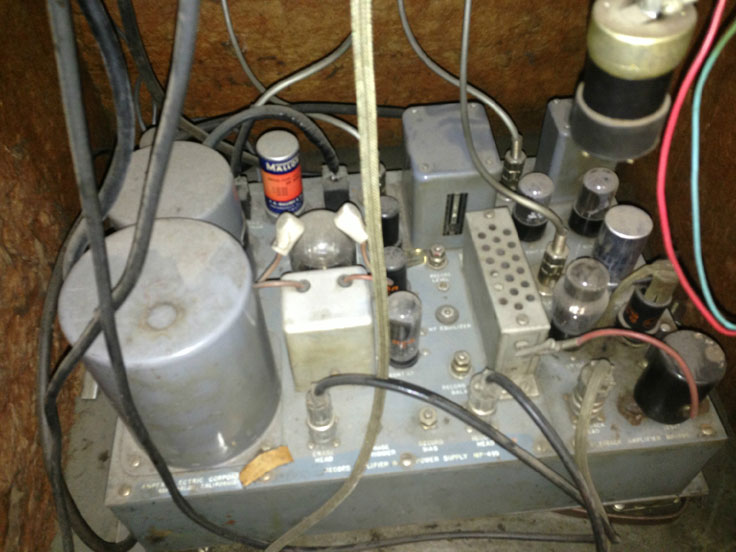

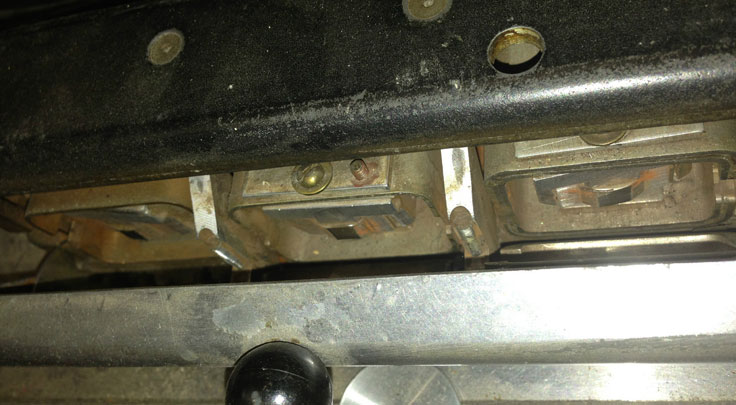
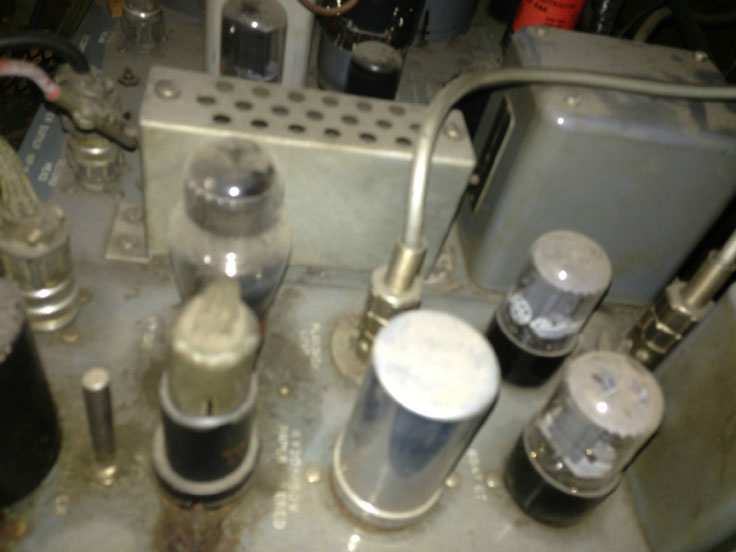
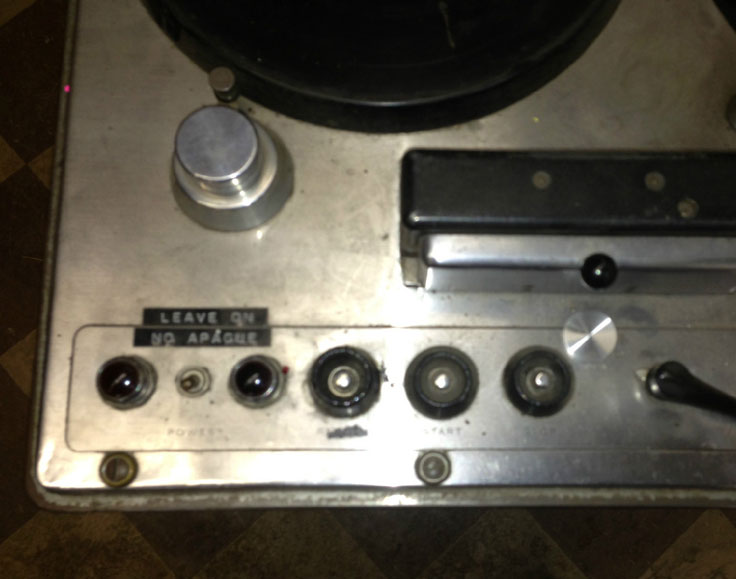
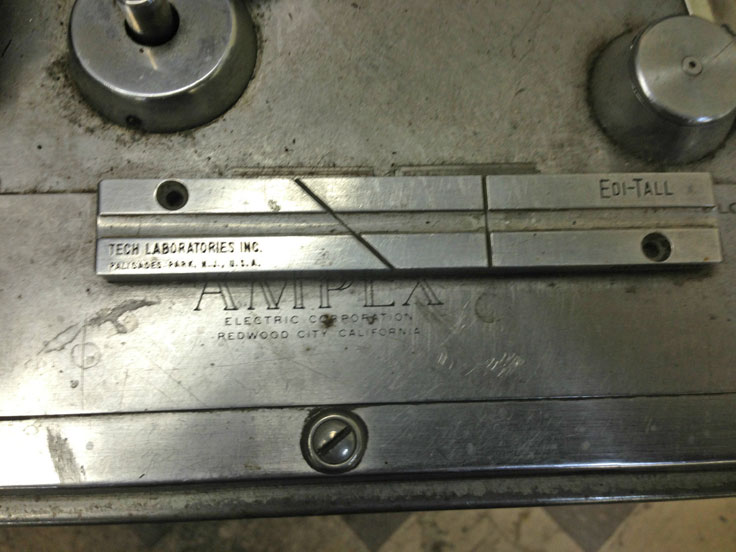


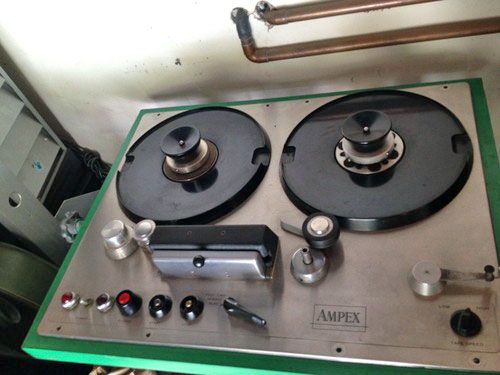
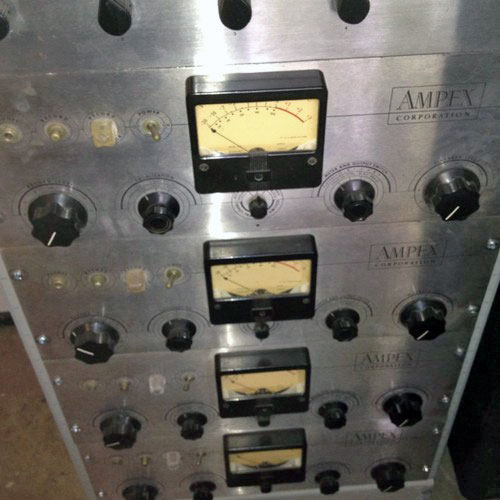


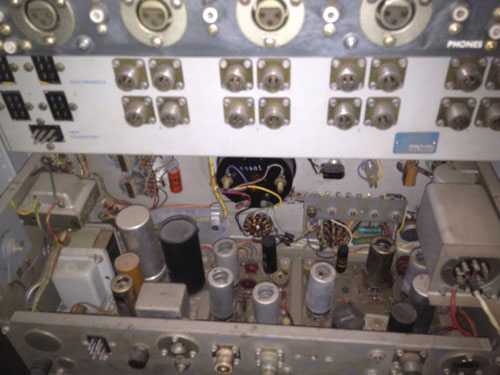
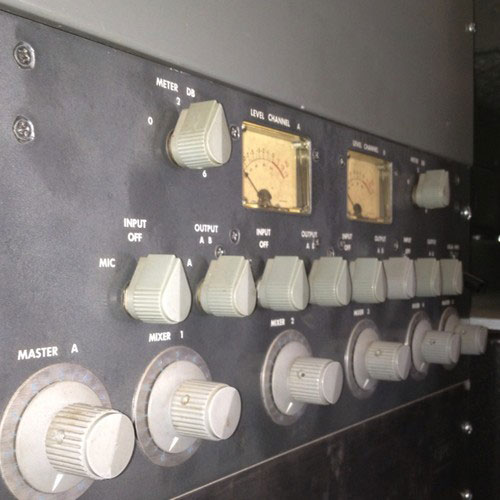
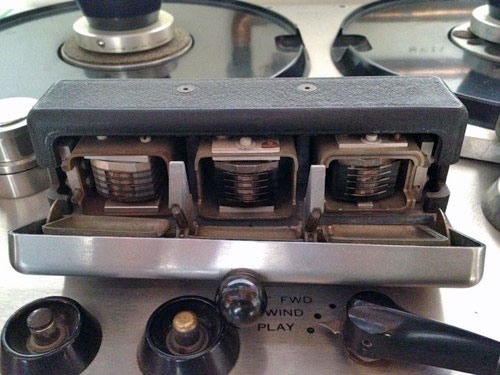
Please select a reel tape recorder company from the list below

